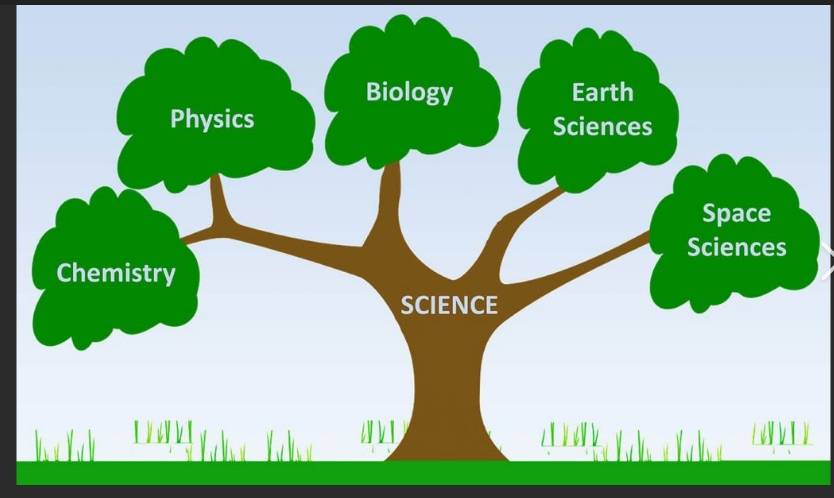Science is a systematic approach to understanding the
natural world, and it’s divided into multiple branches, each with a specific
focus and methodology. Broadly, science is categorized into three main
branches: Physical Science, Life Science, and Earth Science. Each of these main
branches contains various sub-branches and specialized fields.
1. Physical Science
Physical science deals with the study of non-living systems
and focuses on the fundamental laws of nature. It includes:
- Physics: The
study of matter, energy, and the fundamental forces of nature. Physics seeks to
understand concepts like motion, force, energy, and the structure of atoms,
which are essential for fields like engineering and technology.
- Chemistry:
Chemistry is concerned with substances, their properties, reactions, and
transformations. It examines how different materials interact and the chemical
reactions that govern life and industry.
- Astronomy: The
study of celestial objects and phenomena beyond Earth’s atmosphere, such as
stars, planets, and galaxies. Astronomy helps us understand the origins and
structure of the universe.
2. Life Science
Life science, or biological science, studies living
organisms and their interactions. Major sub-disciplines include:
- Biology: The
foundational study of life, covering organisms from bacteria to plants and
animals. Biology encompasses various fields, such as genetics, anatomy, and
evolution.
- Zoology: Focuses
on the study of animals, their physiology, development, and behavior.
Zoologists often specialize in studying specific animal groups or ecosystems.
- Botany: The study
of plants, including their physiology, structure, and classification. Botany is
essential for understanding ecosystems and agriculture.
- Microbiology: The
study of microscopic organisms like bacteria, viruses, and fungi, which has
applications in medicine, environmental science, and biotechnology.
3. Earth Science
Earth science examines Earth’s physical components and its atmospheric,
hydrospheric, and geospheric systems. Sub-branches include:
- Geology: The
study of the Earth’s physical structure, history, and processes. Geologists
investigate rocks, minerals, and the processes that shape landscapes, such as
earthquakes and volcanoes.
- Meteorology: This
is the science of the atmosphere and weather patterns. Meteorologists analyze
climate data to understand and predict weather changes and extreme events.
- Oceanography:
Oceanography explores the physical and biological aspects of oceans. It studies
marine life, ocean currents, and the effects of oceans on global climate.
- Environmental
Science: A multidisciplinary field focusing on the interaction between the
environment and human activity. It draws from biology, chemistry, and Earth
sciences to address issues like pollution, conservation, and climate change.
4. Formal Sciences
Though often grouped separately, the formal sciences such as
Mathematics and Statistics are essential tools in all scientific fields. They
provide the language and framework for formulating scientific laws, analyzing
data, and creating models that help scientists make predictions and understand
complex systems.
5. Applied Sciences
Applied sciences use scientific knowledge to solve practical
problems. Fields include:
- Engineering: The
application of scientific principles to design, build, and maintain structures,
machines, and systems. It spans areas such as civil, mechanical, and electrical
engineering.
- Medicine and
Health Sciences: This branch applies biology and chemistry to diagnose, treat,
and prevent diseases. Fields include pharmacology, public health, and medical
research.
Conclusion
Each branch of science contributes to our understanding of
the universe, with overlap and interconnections across fields. As scientific
knowledge advances, interdisciplinary fields like biotechnology, environmental
engineering, and computational biology continue to emerge, highlighting the integrated
nature of science.
Sources
This overview is based on information from educational resources such as the American Association for the Advancement of Science (AAAS) and National Geographic Education.


